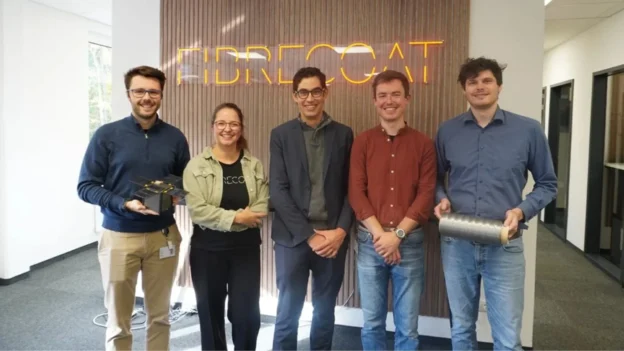FibreCoat and Lofith Composites have announced the start of an orbital test to evaluate a jointly developed thermoplastic structural composite. The material, which combines coated fibers with a high-performance recyclable matrix, will be installed in test panels that will orbit the Earth for 12 months beginning in 2026.
Ultra-resistant and sustainable materials
FibreCoat-Lofith composite offers up to 50% less weight and 30% higher mechanical strength compared to traditional materials such as aluminum. These
On-board detectors will measure the behavior of the material with and without radiation shielding, as well as temperature variations and possible deformations. The data collected during the year of exposure will make it possible to assess the viability of the composite for real applications in satellites and spacecraft. spacecraft.
Combination of complementary capabilities
The alliance brings together key technologies from both companies: FibreCoat’s metal-coated spinning process, which reduces energy consumption by up to 90%, and Lofith’s long-fiber impregnation, which improves recyclability and reduces water use. This collaboration makes it possible to manufacture lighter and more sustainable structural materials without compromising performance.
Both Robert Brüll, CEO of FibreCoat, and Amador García Sancho, CEO of Lofith, emphasize that the common goal is to bring materials that combine robustness, efficiency and environmental friendliness into space. In a context of accelerated growth of the space market, estimated at $1.8 trillion by 2035, the validation of composites such as this could redefine aerospace manufacturing standards.
The test period is scheduled for the first and second quarter of 2026. The results will be decisive in positioning this new material as a viable alternative to conventional structural systems. The FibreCoat-Lofith collaboration aims to transform the way materials for space are conceived. materials for space are conceived.
Source and photo: AIMPLAS


